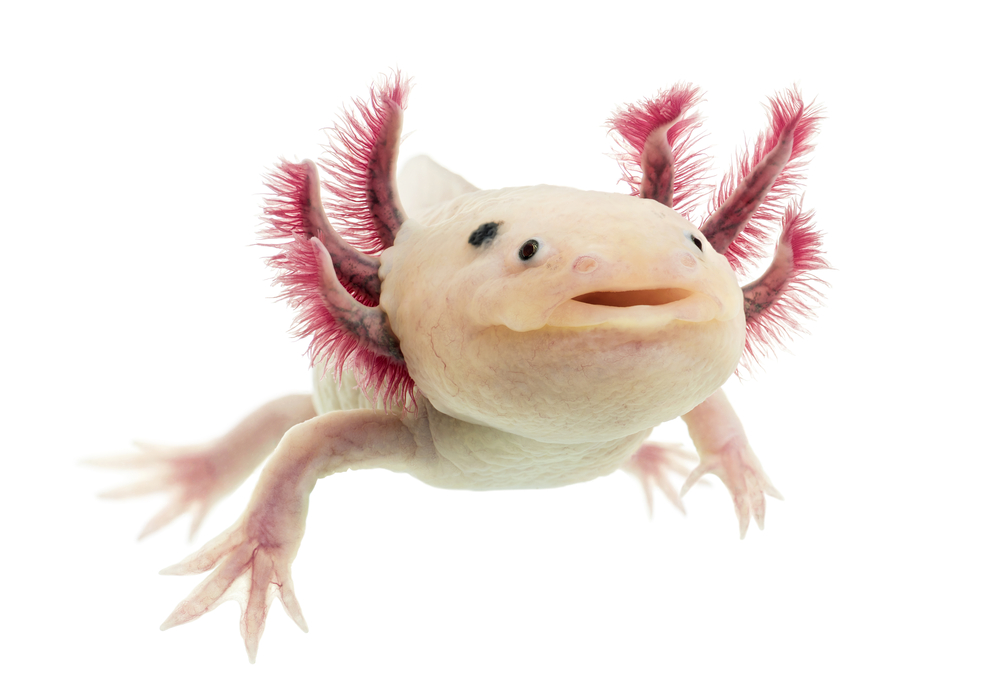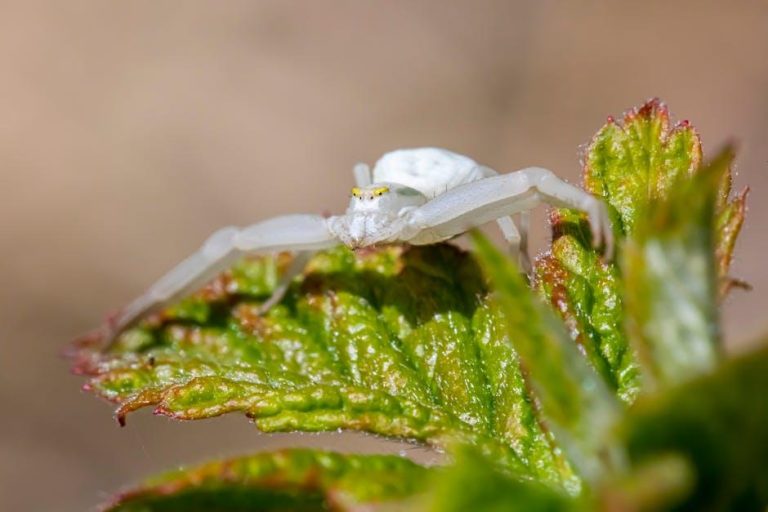Fascinating Animal Trivia That Defies Belief

Prepare to have your minds blown and your knowledge of the animal kingdom forever altered. We’re diving deep into the wild world of fascinating animal trivia that will leave you questioning everything you thought you knew. From bizarre behaviors to mind-boggling abilities, get ready to discover some jaw-dropping facts that defy belief. So buckle up and get ready for a wild ride through the weirdest and most wonderful secrets of the animal kingdom.
Interesting Fact #1: The blue whale is the largest animal to have ever lived on Earth, with some individuals reaching lengths of over 100 feet and weighing upwards of 200 tons
Can you imagine coming face-to-face with a creature the size of a school bus? Well, that’s basically what it would be like to encounter a blue whale in the wild.
These magnificent creatures are so massive that their hearts alone are the size of a small car. And to think, they have to swim around all day just to keep that behemoth of a body afloat!
It’s mind-blowing to consider that these gentle giants could swallow up to 500,000 calories in a single mouthful. Talk about a whale of an appetite!
Despite their impressive size, blue whales primarily feed on tiny shrimp-like creatures called krill. It’s like trying to fill up on popcorn at the movies – just on a much larger scale!

Unbelievable Fact #2: The hummingbird is the only bird that can fly backwards, thanks to its unique wing structure and rapid wingbeats that can exceed 80 times per second
Some birds may strut their stuff on the ground, while others soar majestically through the skies, but only the hummingbird can defy the laws of bird physics and fly backwards. That’s right, these tiny avian acrobats have a trick up their sleeves – or rather, in their wings.
Thanks to their unique wing structure and rapid wingbeats that can exceed 80 times per second, hummingbirds are able to hover in mid-air, zip from flower to flower, and yes, even fly in reverse. It’s like they have a built-in reverse gear that no other bird can boast.
Imagine a hummingbird casually sipping nectar from a flower and then, with a nonchalant flick of its wings, backing up a few inches to reposition itself for optimal sipping. It’s like watching a tiny feathered ninja perform aerial maneuvers that would make a fighter pilot jealous.
So next time you see a hummingbird flitting about in your garden, take a moment to appreciate the incredible feat of engineering that allows these pint-sized daredevils to pull off such a mind-boggling trick. Who knows, maybe they’re just showing off for us mere earthbound creatures.
 mantis shrimp has the fastest punch in the animal kingdom, reaching speeds of over 50 miles per hour to stun and capture its prey”>
mantis shrimp has the fastest punch in the animal kingdom, reaching speeds of over 50 miles per hour to stun and capture its prey”>
Surprising Fact #3: The mantis shrimp has the fastest punch in the animal kingdom, reaching speeds of over 50 miles per hour to stun and capture its prey
Now, you may think that a mantis shrimp is just your average shrimp with a fancy name, but think again! These little guys pack a serious punch – literally. With speeds of over 50 miles per hour, their punch is faster than a speeding car on the highway. Imagine getting hit by one of those bad boys - you’d be seeing stars for days!
But it’s not just about the speed – it’s also about the power. The mantis shrimp’s punch is so strong that it can stun or even kill its prey with just one quick strike. Talk about efficient hunting! It’s like they’re the ninja warriors of the ocean, silently taking down their enemies with lightning-fast precision.
And here’s the kicker – the mantis shrimp doesn’t even need superhuman strength to achieve this feat. They actually store up energy in their muscles, kind of like a coiled spring, before releasing it all at once in a powerful burst. It’s like they’re playing the ultimate game of punch-out, except their opponents don’t stand a chance.
So next time you see a mantis shrimp, remember to watch your back. You never know when they might decide to unleash their deadly punch on you. It’s a good thing they’re not the size of humans, or we might all be in serious trouble!
 axolotl, a type of salamander, has the ability to regrow lost limbs, organs, and even parts of its brain, making it a fascinating subject of study for scientists”>
axolotl, a type of salamander, has the ability to regrow lost limbs, organs, and even parts of its brain, making it a fascinating subject of study for scientists”>
Bizarre Fact #4: The axolotl, a type of salamander, has the ability to regrow lost limbs, organs, and even parts of its brain, making it a fascinating subject of study for scientists
Did you know that the axolotl, a peculiar-looking creature that resembles a cross between a fish and a lizard, is like the ultimate superhero of the animal kingdom? Not only can it regrow its lost limbs like it’s no big deal, but it can also regenerate entire organs and even parts of its brain. Talk about impressive, right?
Imagine being able to just casually drop a limb here and there when it’s inconvenient, only to have it grow back good as new. The axolotl must be the envy of every accident-prone human out there. I bet they’re all secretly trying to figure out its secret to eternal regeneration.
Scientists are completely obsessed with studying these amazing creatures, and who can blame them? The axolotl’s regenerative abilities could hold the key to unlocking all sorts of medical breakthroughs for humans. Just imagine a world where you could lose an arm in a freak accident and have it grow back within weeks. Sign me up for that future, please!

Mind-boggling Fact #5: The sea otter is one of the few animals known to use tools, such as rocks, to crack open shellfish and other prey. They have even been observed using kelp as “anchors” to hold themselves in place while eating
The sea otter is truly a genius when it comes to hunting for food. Not only do they have the strength and agility to dive deep underwater in search of shellfish, but they also have the brains to use tools like rocks to crack open their tasty snacks. It’s like they have their own little seafood toolkit at their disposal!
But wait, it gets even more mind-boggling. These clever critters have also been caught in the act of using kelp as a kind of makeshift anchor to keep themselves in place while enjoying their feast. Picture this: a cute little otter floating on its back, munching away on a delicious clam, all while using a strand of kelp to stay put. Talk about multitasking!
It’s no wonder that sea otters are often referred to as the MacGyvers of the animal kingdom. From crafting tools out of rocks to using kelp like a pro, these adorable creatures never cease to amaze us with their ingenuity. Who knows, maybe they’ll start building little underwater forts next. Stay tuned for the next sea otter engineering marvel!
FAQs
How do cats always land on their feet?
Believe it or not, cats are equipped with a unique spine that allows them to twist their bodies mid-air to land on their feet. This reflex is known as the “righting reflex” and helps cats navigate falls from great heights.
Why do zebras have stripes?
Contrary to popular belief, zebras don’t have stripes for camouflage. In fact, scientists believe that the stripes help confuse predators, making it difficult for them to single out an individual zebra in a herd.
How do octopuses change color?
Octopuses have specialized cells called chromatophores that contain pigments which can be expanded or contracted to change color. This allows them to blend in with their surroundings or communicate with other octopuses.
Why do flamingos stand on one leg?
Flamingos stand on one leg to conserve energy. By resting one leg at a time, they reduce the amount of body heat lost through their legs, which helps them stay warm in the cool waters where they typically feed.
How do honeybees communicate with each other?
Honeybees use a complex system of dances called the waggle dance to communicate the location of food sources to other members of the hive. By varying the length and direction of their dance, bees can convey specific information about the distance and direction of the food source.
Jaw-Dropping Animal Antics
And there you have it, folks! The animal kingdom is full of surprises, from sneezing dogs to ninja frogs. Who knew our furry, scaly, and feathered friends were capable of such wacky feats? Next time you’re stuck in idle chit-chat, impress your friends with these mind-boggling tidbits. Remember, when it comes to Mother Nature’s creations, truth is definitely stranger than fiction!






